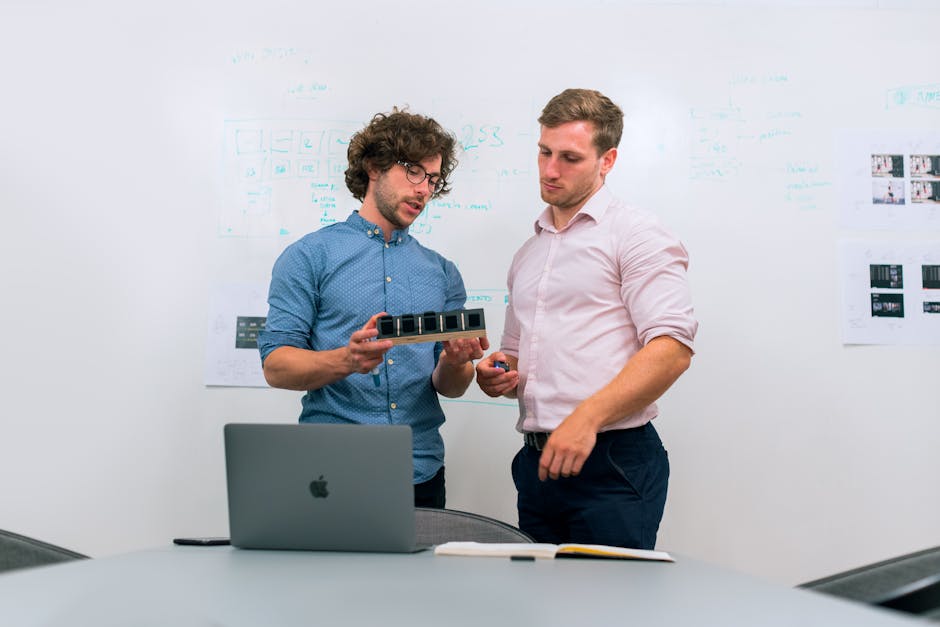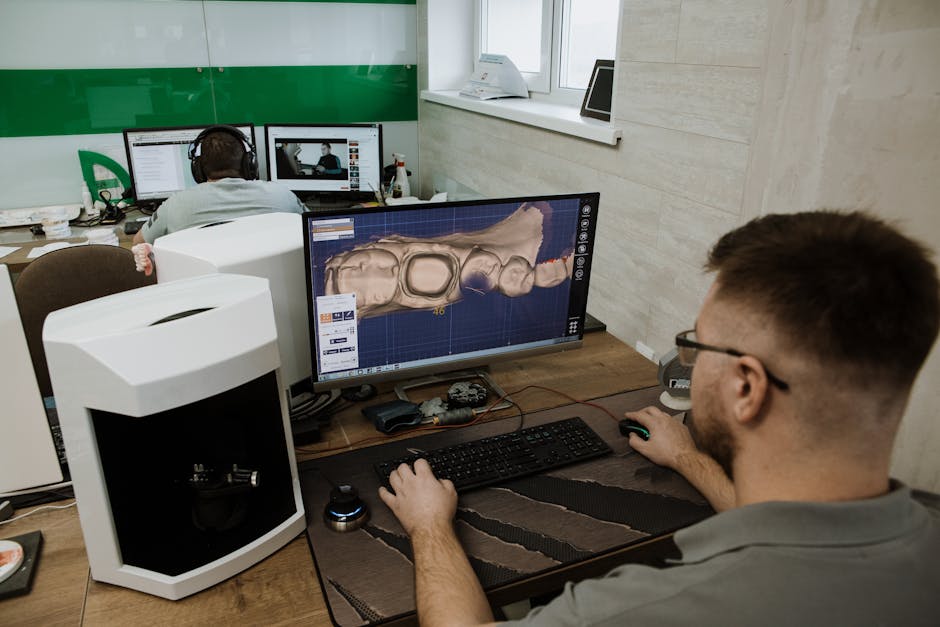Lean Methodology Success Stories in Small SaaS Start-ups
In the world of small SaaS start-ups, success often hinges on the ability to adapt quickly, make data-driven decisions, and continuously innovate. You’ve likely heard of the Lean Methodology and its impact on businesses of all sizes, but have you considered its specific application and success stories within the realm of small SaaS start-ups?
The principles of iterative product development, customer-driven decision making, minimum viable product (MVP) success, rapid experimentation and validation, and agile business model innovation have all played pivotal roles in the success of many small SaaS start-ups. These stories may hold valuable insights for your own entrepreneurial journey.
Key Takeaways
- Iterative product development allows small SaaS start-ups to continuously improve and adapt to customer needs, fostering a culture of continuous refinement.
- Customer-driven decision making, supported by data-driven strategies, A/B testing, and user feedback, ensures that the product alines with user needs and anticipates future requirements.
- Success in implementing a Minimum Viable Product (MVP) involves prioritising essential features, delivering value to the target audience, and validating the product through user feedback and real-world usage.
- Rapid experimentation and validation, through continuous testing, A/B tests, surveys, and user feedback, help small SaaS start-ups assess product market fit, embrace iterative development, and avoid wasting time and resources on irrelevant features.
Iterative Product Development

In small SaaS start-ups, adopting iterative product development allows for continuous improvement and adaptation to customer needs. Embracing this approach fosters a culture of continuous refinement, where each iteration brings incremental enhancements to the product. By consistently gathering customer feedback and rapidly implementing changes, you empower yourself to swiftly respond to market demands and user preferences.
This agile method liberates you from the constraints of traditional, linear product development, offering the freedom to experiment, learn, and evolve your product in real time.
In this environment, you have the flexibility to pivot and adjust your product based on emerging trends and customer insights. By focussing on iterative product development, you can avoid being shackled to rigid, preconceived notions about what your product should be, and instead, embrace the fluid nature of customer needs and market dynamics.
This freedom to adapt and refine your product continuously is a powerful advantage in the fast-paced world of SaaS start-ups, enabling you to stay ahead of the curve and deliver a product that truly resonates with your customers.
Customer-Driven Decision Making

Embracing customer-driven decision making empowers you to directly aline product enhancements with the evolving needs and preferences of your user base, fostering a dynamic and responsive development approach.
-
Data-Driven StrategyBy gathering and analysing user data, you can make informed decisions about which features or improvements will have the most significant impact on user satisfaction and retention.Utilise A/B testing and user feedback to validate assumptions and prioritise development efforts based on real user behaviour and responses.
-
User-Centric ApproachEngage with your users through surveys, interviews, and useability testing to gain deep insights into their pain points, goals, and preferences.Use these insights to drive product decisions, ensuring that your SaaS solution alines with the way users work and delivers tangible value.
Taking a data-driven strategy and a user-centric approach allows you to make informed decisions that resonate with your user base. This approach enables you to build a product that not only meets current needs but also anticipates and adapts to future requirements, ultimately driving user satisfaction and business success.
Minimum Viable Product (MVP) Success

To achieve Minimum Viable Product (MVP) success, prioritise essential features that directly address your users’ most pressing needs and deliver demonstrable value. By focussing on the core functionalities that solve critical pain points, you can rapidly release a product that resonates with your target audience.
Once your MVP is in the hands of users, seek their feedback to validate your product in the market. Actively engage with customers to gather insights on how your MVP meets their needs and where it falls short.
This iterative process of MVP customer feedback and market validation allows you to refine and enhance your product based on real-world usage and demand. Embracing a lean approach empowers you to swiftly adapt to changing market dynamics and customer preferences.
Rapid Experimentation and Validation

Rapidly experimenting with new ideas and validating their potential impact is crucial for refining your MVP based on real-world feedback and market demands. In the fast-paced world of a lean start-up, market research and constant iteration are essential for success.
Here’s how you can effectively implement rapid experimentation and validation:
-
Test and Learn Approach: Adopt a mindset of continuous testing and learning. Use A/B tests, surveys, and user feedback to gather insights and make data-driven decisions. This approach allows you to quickly assess the viability of new features or ideas.
-
Product Market Fit: Regularly assess the product market fit by gauging customer satisfaction, retention rates, and willingness to pay. This ongoing validation ensures that your product alines with market needs and customer expectations.
-
Iterative Development: Embrace iterative development by releasing small updates frequently. This allows you to gather feedback early and make necessary adjustments, preventing wasted time and resources on features that don’t resonate with your target audience.
Agile Business Model Innovation

Consider incorporating a flexible and adaptive approach to business model innovation in order to respond quickly to market changes and customer feedback. Embracing business agility within your lean start-up can significantly enhance your ability to innovate and stay ahead of the competition. By adopting an agile business model, you can continuously test and refine your ideas, allowing for rapid iteration and improvement based on real-time insights. This approach enables you to pivot more effectively in response to evolving market dynamics, ensuring that your SaaS start-up remains relevant and competitive.
Agile business model innovation also empowers you to swiftly capitalise on emerging opportunities, making it easier to experiment with new revenue streams, pricing models, and value propositions. By fostering a culture of adaptability and experimentation, you can more confidently navigate uncertainty and drive sustainable growth. Moreover, this approach encourages a customer-centric mindset, as you can quickly incorporate feedback to deliver solutions that truly resonate with your target audience.
Ultimately, embracing business agility within your lean start-up can fuel innovation, enhance market responsiveness, and drive long-term success.
Continuous Improvement and Adaptation

Embrace a culture of continuous learning and adaptation to drive ongoing improvement within your small SaaS start-up. By fostering an environment that values continuous improvement, you can ensure that your organisation remains agile and responsive to the ever-changing demands of the market. Here are some key strategies to help you achieve this:
-
Encourage a Growth Mindset:Cultivate a workplace environment where employees are encouraged to embrace challenges and view failures as opportunities for growth. This mindset fosters a culture of continuous improvement and innovation.
-
Regular Feedback Loops:Implement regular feedback mechanisms to gather insights from customers, employees, and stakeholders. This information can be invaluable in identifying areas for improvement and making necessary adjustments.
-
Adaptation as a Core Value:Make adaptation and flexibility core values within your organisational culture. This ensures that your team is always ready to pivot, iterate, and evolve in response to new information and market dynamics.
Frequently Asked Questions
How Can Small Saas Start-ups Effectively Prioritise Their Iterative Product Development Efforts When Resources Are Limited?
When resources are limited, prioritise features by focussing on the ones that provide the most value to your customers. Allocate resources wisely by constantly evaluating and adjusting based on customer feedback and market trends.
What Strategies Can Small Saas Start-ups Use to Gather and Incorporate Customer Feedback Into Their Decision-Making Process?
You’ve got to dive deep into customer engagement, making it a top priority. Actively seek feedback, incorporating it into every decision. Your success hinges on understanding and meeting your customers’ needs.
Are There Specific Examples of Small Saas Start-ups That Have Achieved Success With Their Minimum Viable Product (Mvp) and How Did They Determine What Features to Include?
You can learn from small SaaS start-ups’ MVP success stories to determine what features to include. By prioritising features, managing resources efficiently, and gathering feedback, they’ve achieved success with their MVPs.
What Are Some Practical Tips for Small Saas Start-ups to Rapidly Experiment and Validate New Ideas Without Sacrificing Quality?
To rapidly experiment and validate new ideas without sacrificing quality, focus on rapid prototyping and user testing. Embrace agile development and customer validation to iterate quickly and ensure your product meets the needs of your users.
How Can Small Saas Start-ups Effectively Adapt and Improve Their Business Model in a Rapidly Changing Market While Maintaining a Lean Approach?
Hey, in a rapidly changing market, improving scalability for your small SaaS start-up means embracing agile development methods. Stay flexible, adapt quickly, and iterate often. It’s all about staying nimble and rolling with the punches.
Conclusion
So, there you have it – just a few stories of small SaaS start-ups achieving big success with lean methodology.
It’s funny how something as simple as iterating, listening to customers, and starting small can lead to such huge wins. Who knew that embracing uncertainty and constant change could be the key to thriving in the world of start-ups?
But hey, when it works, it works! Keep on experimenting and improving, and who knows what you’ll achieve.
Contact us to discuss our services now!